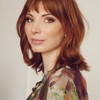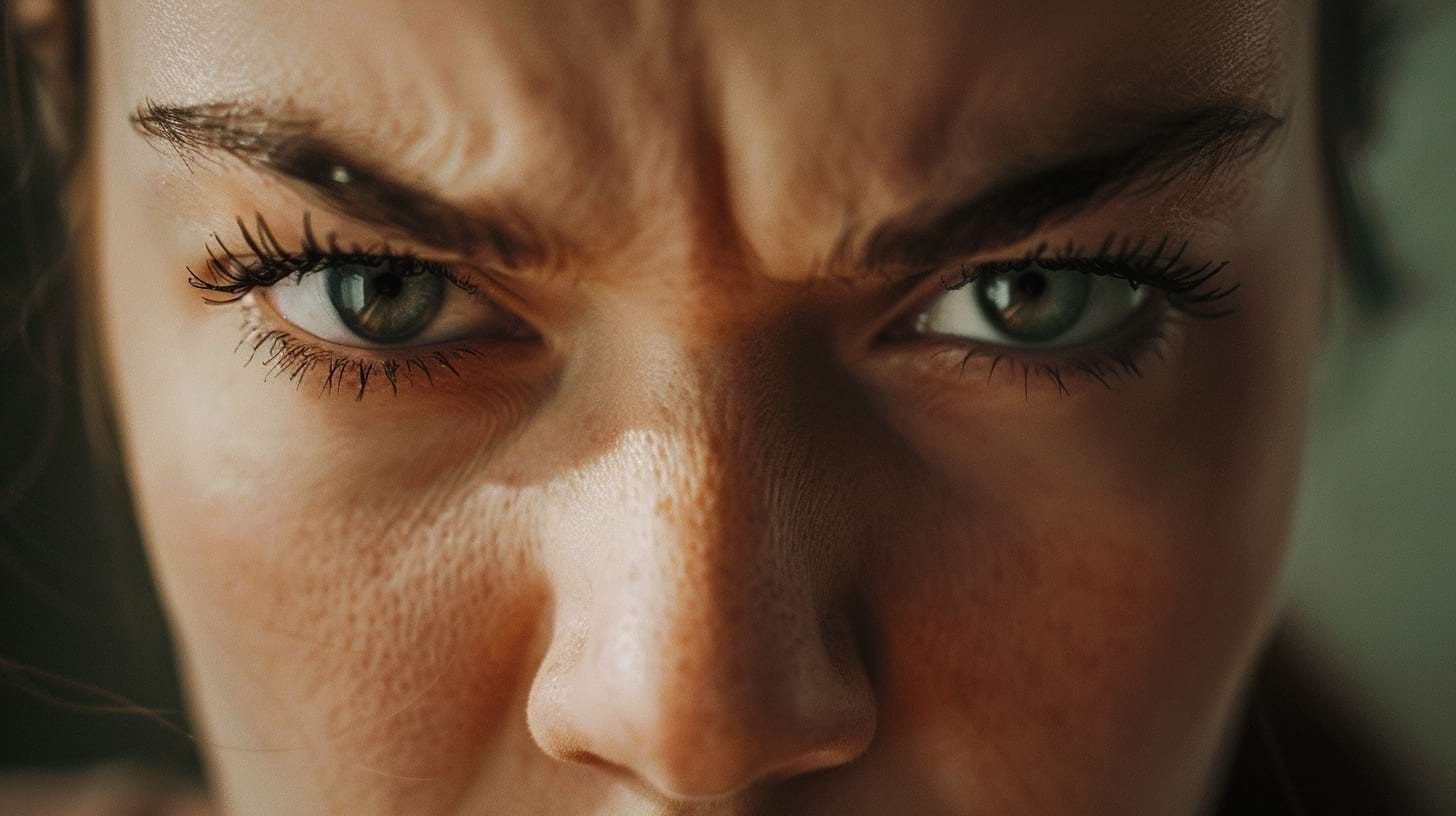Beyond Cuts and Splices: How Editing Shapes Your Movie Experience
The iconic moments owe their power to acting and directing, but also to the unseen hand of the film editor. Delving into the psychology of editing unlocks the secrets behind how a series of images and sounds can manipulate our emotions and guide our understanding of the narrative.


Film editing is the invisible art that shapes our cinematic experiences, wielding profound psychological power over audiences.
As the legendary American film director and editor Edward Dmytryk once said,
"Editing is the creative force of filmic reality".
This article dives into the psychology of editing, exploring how skilled editors manipulate time, space, and emotion to create unforgettable movie moments. We'll study techniques of effective film editing and its impact on viewer engagement.
The Basics of Film Editing: Where Mastery Meets Psychology
Film editing is the process of selecting, arranging, and assembling separate shots into a coherent whole. But it's far more than just cutting and splicing; it's a balance between technical skill and psychological intuition.
It's the cornerstone of visual storytelling, where editors act as silent storytellers, weaving together footage to create an emotional journey for the audience. A skilled editor, with a keen understanding of pacing, rhythm, and shot selection, can elevate a good script into a masterpiece. Effective film editing starts with meticulous pre-production planning. Tools like Filmustage streamline this process, ensuring that every narrative element is carefully considered before shooting begins.
The role of a film editor extends beyond technical proficiency. As Walter Murch, the legendary editor behind "Apocalypse Now" (1979) and "The Godfather Part III" (1990), famously stated,
"When you’re putting a scene together, the three key things you are deciding over and over again are: What shot shall I use? Where shall I begin it? Where shall I end it? An average film may have a thousand edits in it, so: three thousand decisions. But if you can answer those questions in the most interesting, complex, musical, dramatic way, then the film will be as alive as it can be."
Fundamental Principles of Editing Psychology
The power of editing psychology is the art of using seemingly technical choices to manipulate the audience on a subconscious level. Here's a look at the fundamental principles of effective film editing:
The Pacing Pendulum ⏱️
Editors use a variety of techniques, from rapid cuts to lingering shots, to create a sense of urgency, relaxation, or anticipation.
The Emotional Rollercoaster 🎢
Editing choices are like emotional triggers. A jump cut can jolt the viewer and a slow-motion sequence can evoke empathy. Understanding how different editing styles provoke specific emotions allows filmmakers to craft a targeted emotional immersion for the audience.
The Storyteller's Secret Weapon 🧩
Juxtaposing unrelated scenes can plant seeds of foreshadowing or spark unexpected connections in the viewer's mind. A close-up of a character's trembling hand can convey fear more effectively than dialogue, while strategic shot selection can subtly guide the audience's attention toward key details.
The Art of Suspense 😰
A masterfully edited film keeps the audience on the edge of their seats. This is achieved by manipulating the flow of information. Editors strategically withhold key details, intersperse scenes with red herrings, and utilize techniques like slow reveals to build anticipation.
Setting the Mood 🌙
The use of slow dissolves can create a sense of dreaminess, while quick cuts and jarring sound effects can evoke a sense of urgency or unease. By manipulating the visual and auditory landscape, editors establish a mood that permeates the scene or the entire film.
Audience Engagement 👀
Effective editing choices keep viewers glued to the screen. Editors achieve this by maintaining a sense of visual variety, avoiding predictable shot patterns, and utilizing techniques like cliffhangers at the end of scenes to leave the audience constantly wanting more.
See how masterfully suspense is created in films and how well it is presented in Dunkirk (2017):
Emotional Impact: The Heart of Editing
Editing is the invisible hand that guides viewers' emotional responses. There are some editing styles and techniques used for viewers' emotional engagement:
- 🔍 Close-ups thrust us into a character's inner world, forcing intimacy and connection.
- 😮 Reaction shots help identify emotions by showing the reactions of others in the scene.
- 🔀 Parallel editing builds tension and anticipation, interweaving separate storylines.
- 🔄 Matching movements and actions across cuts creates a sense of flow and continuity, allowing emotions to build seamlessly.
- 🎵 The sound design in editing further enhances emotional resonance. The strategic use of silence, abrupt audio cuts, or swelling music cues can drastically alter a scene's emotional tenor.
- ⏪⏩ Flashbacks and flash-forwards, when skillfully integrated, can evoke nostalgia or regret. The juxtaposition of past and present through editing can highlight character growth or tragic declines, tugging at viewers' heartstrings.
When these techniques blend seamlessly, creating a powerful emotional experience that lingers long after the final frame.
Consider the famous shower scene in Alfred Hitchcock's "Psycho" (1960). Editor George Tomasini used rapid cuts and jarring angles to create a sense of disorientation and terror. The scene lasts only 45 seconds on screen and has 78 camera setups and 52 cuts. This masterful editing transformed a murder into one of cinema's most iconic and psychologically impactful moments.
Director Alexandre O. Philippe dedicated his documentary to this scene, called "78/52" (2017).
Creating Narrative Flow and Pacing in Film: The Rhythm of Storytelling
Effective film editing is crucial in maintaining narrative flow and controlling the pacing of film. Editors must carefully balance the need for story progression with moments of reflection or tension, creating a rhythm that keeps viewers engaged without overwhelming them.
Key elements in creating effective narrative flow:
🌉 Scene transitions: Smooth connections between disparate moments
🔍 Shot selection: Choosing the right angles and compositions to convey information
🎵 Editing rhythm: Establishing a "beat" that guides the viewer through the story
📈 Rising and falling action: Controlling tension and release through pacing
Visual Storytelling Techniques: The Language of Cinema
Visual storytelling is the essence of cinema, and editing plays a crucial role in shaping how we interpret and experience a film's imagery. Skilled editors use a variety of techniques to enhance the film's aesthetic and narrative impact.
Some key visual storytelling techniques include:
🎨 Color grading: Enhancing mood and atmosphere through color manipulation
📏 Aspect ratio changes: Altering the frame to reflect emotional or narrative shifts
🌀 Match cuts: Creating visual connections between disparate scenes
👁️ Eyeline matches: Guiding viewer attention through character gaze
The editing rhythm can also contribute significantly to a film's visual language. For example, in Darren Aronofsky's "Requiem for a Dream" (2000), editor Jay Rabinowitz used increasingly rapid montages to convey the characters' spiraling drug addiction, creating a visual and emotional crescendo.
Practical Examples and Case Studies: Editing in Action
The real role of film editors is to manipulate time, space, and emotion to captivate the audience. Let's examine some landmark films that confirm this and showcase the psychological impact of masterful editing:
"Jaws" (1975)
Editor Verna Fields, nicknamed "Mother Cutter," used suspenseful pacing and strategic shot selection to create terror despite the mechanical shark's frequent malfunctions. Her work earned her an Academy Award and helped generate $470 million at the box office.
"Saving Private Ryan" (1998)
Steven Spielberg's film throws the audience right into the chaos of the Normandy invasion with handheld camerawork, quick cuts, and overlapping sound design. Michael Kahn by visceral editing style created a sense of immediacy and immerses the viewer in the terrifying reality of war.
"Memento" (2000)
Editor Dody Dorn faced the challenge of presenting a non-linear narrative that mirrored the protagonist's anterograde amnesia. The film's reverse chronology required meticulous continuity editing to maintain coherence while disorienting the viewer.
"Whiplash" (2014)
Editor Tom Cross won an Oscar for his work on this intense drama. The editing mimics the frenetic energy of jazz, with rapid cuts during music sequences reaching up to 180 beats per minute, perfectly synced to the on-screen action.
These examples highlight how editing decisions can profoundly shape audience perception and emotional engagement with a film.
The Invisible Art That Shapes Cinema
The psychology behind effective film editing is a complex interplay of technical skill, artistic vision, and a deep understanding of human perception.
For filmmakers looking to elevate their editing process, tools like Filmustage can be invaluable. While Filmustage's primary focus is on script breakdown and pre-production planning, its ability to analyze scripts and generate scene synopses can provide editors with valuable insights into the narrative structure and emotional beats of a film. This holistic understanding of the project can inform editing decisions, helping to create a more cohesive and impactful final product. For filmmakers looking to elevate their editing process, tools like Filmustage can be invaluable. While Filmustage's primary focus is on AI script analysis and pre-production planning, its ability to analyze scripts and generate scene synopses can provide editors with valuable insights into a film's narrative structure and emotional beats.
Ultimately, effective film editing creates a seamless, engaging experience that resonates with audiences psychologically. By understanding and applying these principles, filmmakers can craft unforgettable cinematic moments that stand the test of time.
From Breakdown to Budget in Clicks
Save time, cut costs, and let Filmustage’s AI handle the heavy lifting — all in a single day.